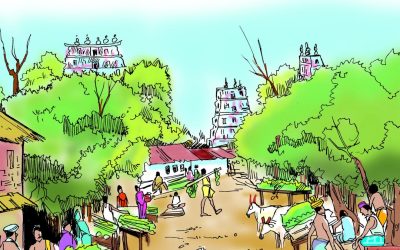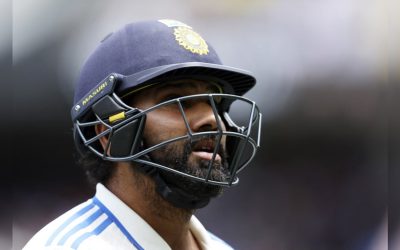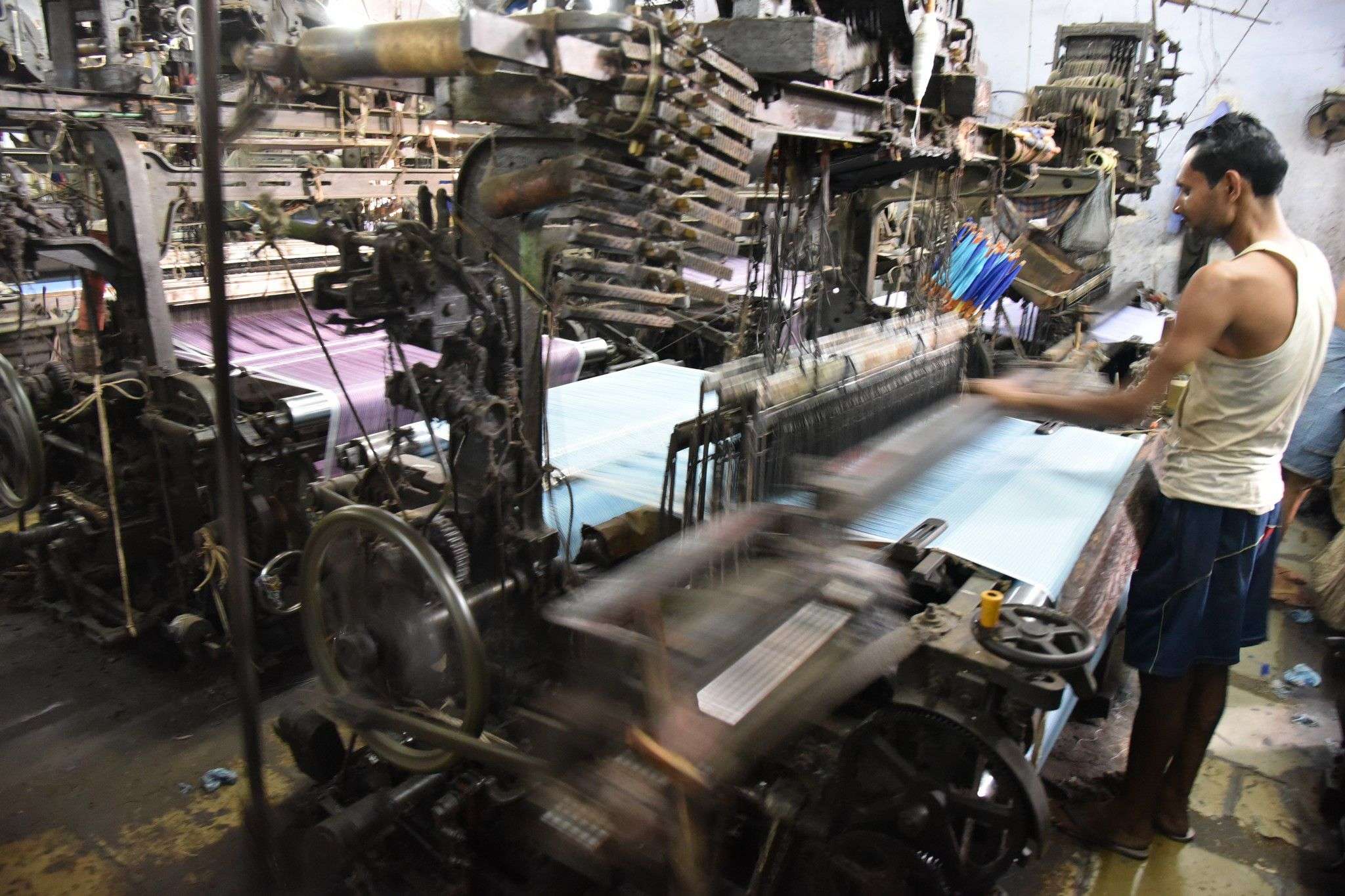The joys of reversing diabetes

I recently attended an event where a team of doctors were celebrating the reversal of type 2 diabetes with scores of their ‘former patients’ of all ages. This was not post bariatric surgeries but through medically-supported lifestyle changes, including weight loss, nutritional wellness, physical exercise and stress management. The meeting also discussed some success in reversal of type 1 diabetes which, unlike the lifestyle-linked type 2 diabetes, is an auto-immune disease and usually afflicts the very young. The doctors had played a key part in shaping and guiding the pathways to the reversal.
Although a non-diabetic, I could experience the joy these people were feeling given that for medical practitioners, diabetes is a ‘chronic’ disease as per the latest guidelines of the American Diabetes Association (ADA) and the European Association for the Study of Diabetes (EASD). The 2019-21 National Family Health Survey (NFHS) terms diabetes as a ‘non-reversible, chronic condition…now a common disease’ in India.
This event was in New Delhi and the all-India number of these reversal cases was very impressive. Many of the people had been diabetic for decades. Others had been “blessed” – as one enthusiastic lady put it – genetically with the disease because their parents and grandparents had been diabetic. “If I slip up, I now know how to manage and keep my sugars in check,” shared a Corporate leader at the event.
The number of people who are able to reverse diabetes needs to multiply in a country which houses 10 crore diabetics, and this is just an estimate. Diabetes is no longer a rich person’s burden. China, India and Pakistan top the list of countries with the maximum number of diabetic people – 141 million, 74.2 million and 33 million respectively. The United States of America with 32.2 million diabetic people ranks fourth. Low and middle-income countries account for 75% of the diabetics globally.
The International Diabetes Federation estimates that one in every third household in India has at least one diabetic person and this incidence will grow by a whopping 67% by 2045. Various ICMR studies have revealed that the prevalence of diabetes is higher among urban poor families in the developed States of India. The NFHS study reveals that this population group, along with the rural poor, also has lower levels of awareness about the disease. Further, the less developed States have a higher level of undiagnosed and untreated cases. Although Hb1ac, the gold blood test for diabetes and pre-diabetes is not commonly done, several recent research studies unequivocally point to the economically productive poor men in urban and rural India shouldering the bulk of this lifestyle disease.
Indeed, the government’s focus on providing free/subsidized testing and treatment for diabetes is necessary but not sufficient. There is a need to focus on reversing diabetes through mass awareness and medically-supported lifestyle changes among the young. This is also necessary for India to achieve its health-related Sustainable Development Goals (Goal 3) Diabetes is not yet an indicator for State-specific SDG monitoring by Niti Aayog, despite diabetes being widespread and a precursor to other medical complications and mortality.
Disclaimer
Views expressed above are the author’s own.
END OF ARTICLE





